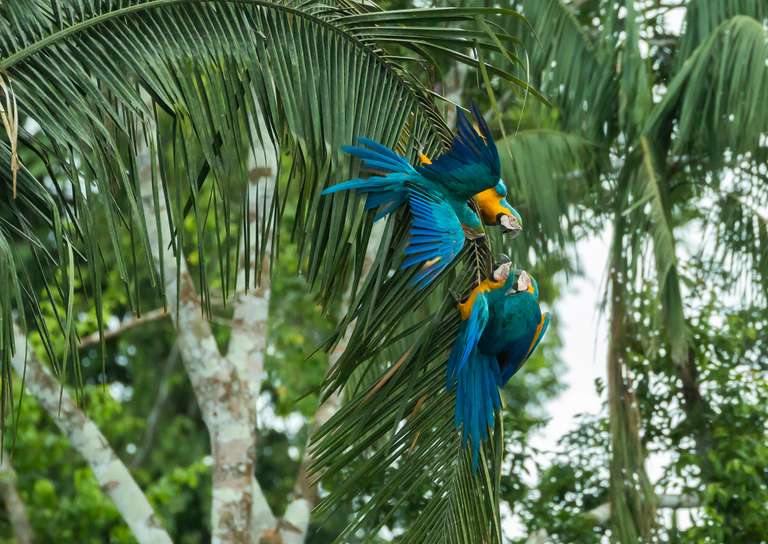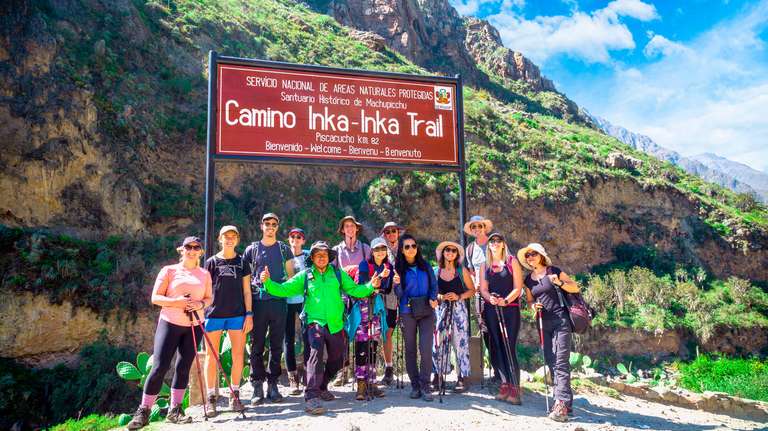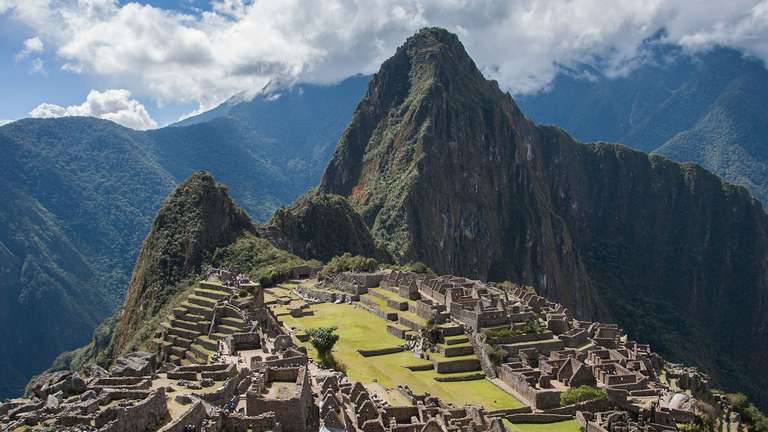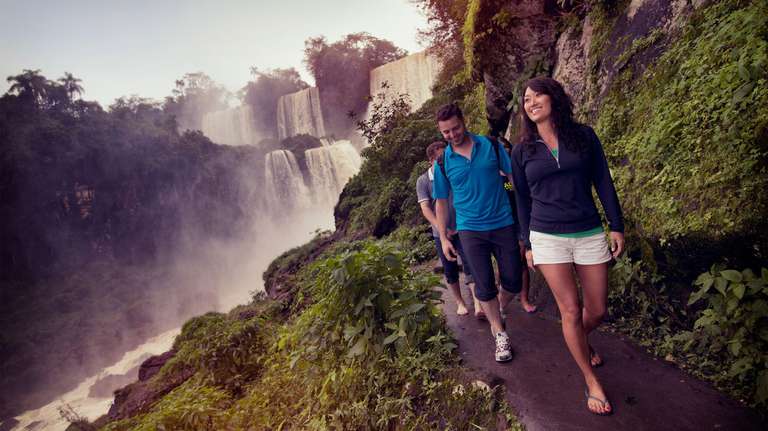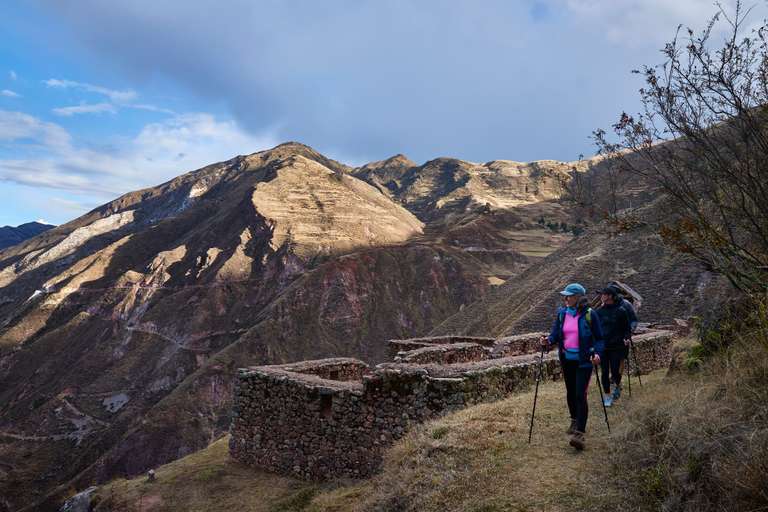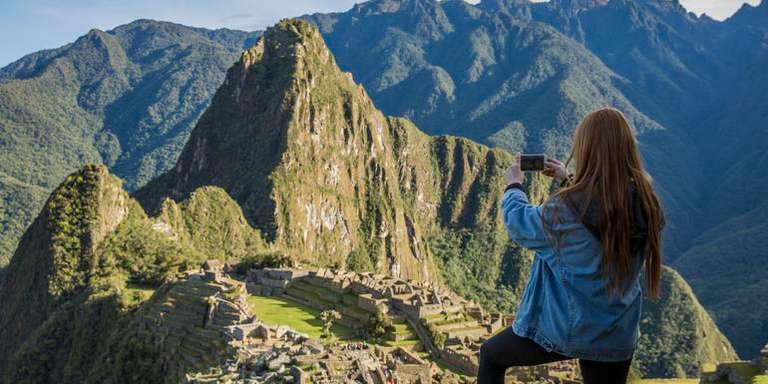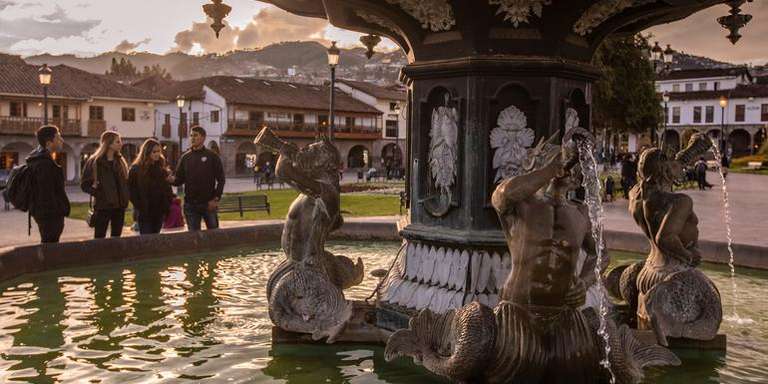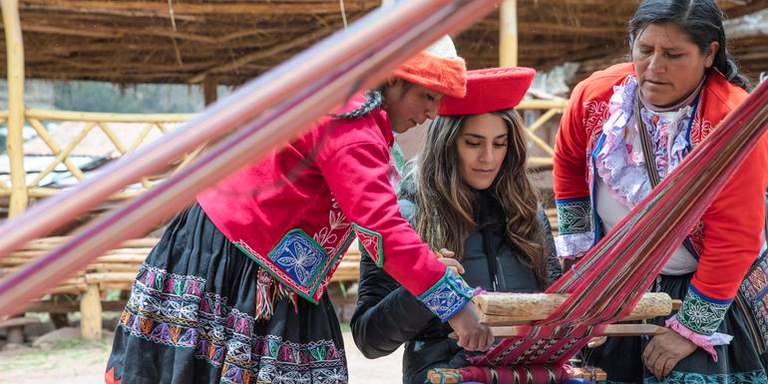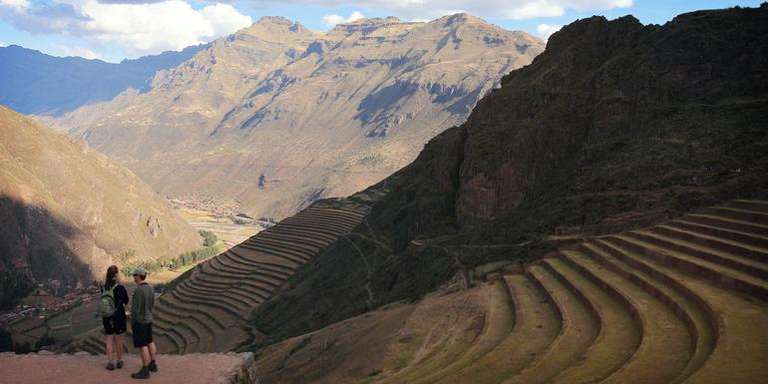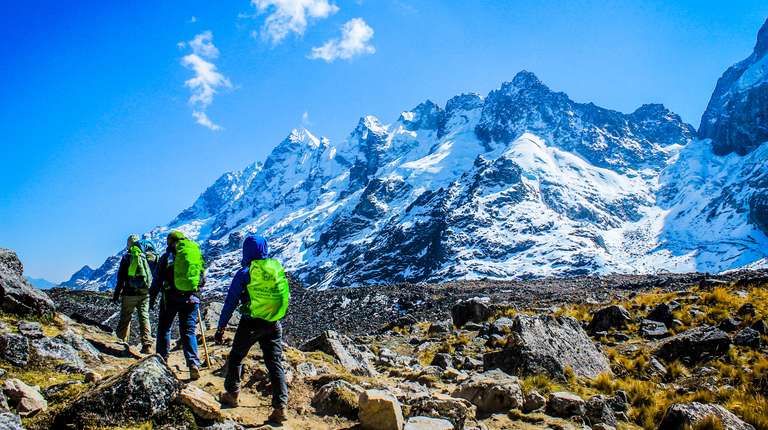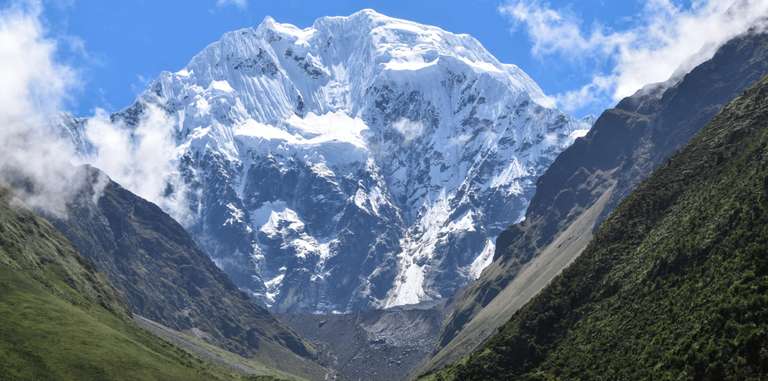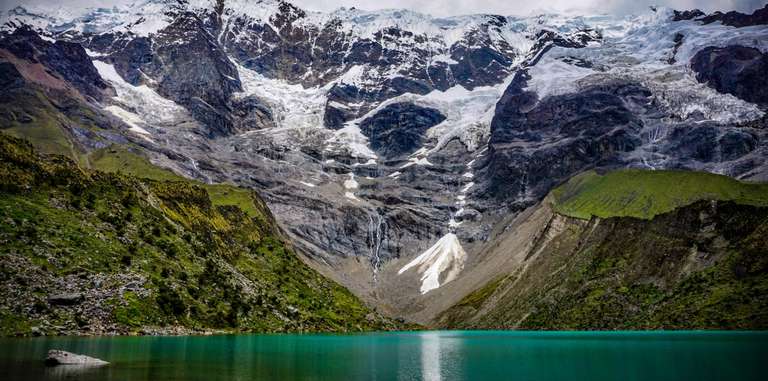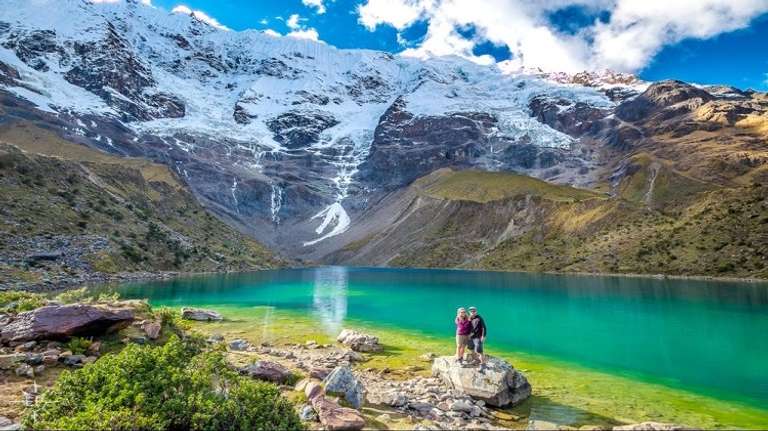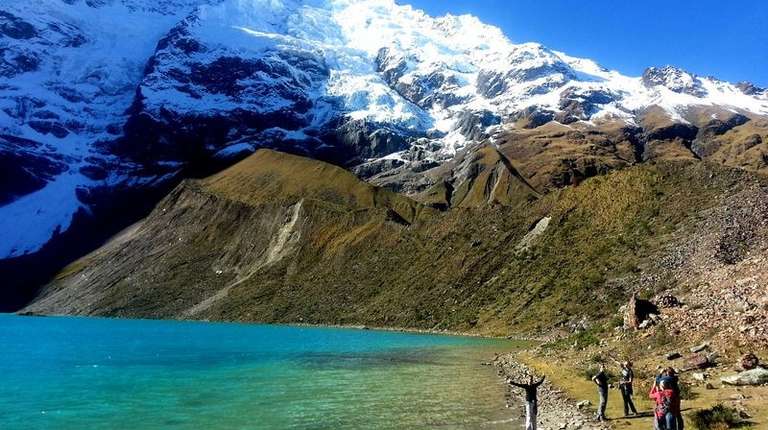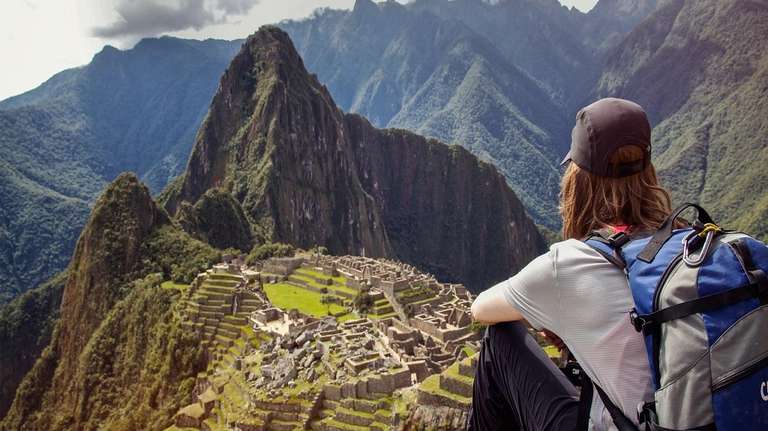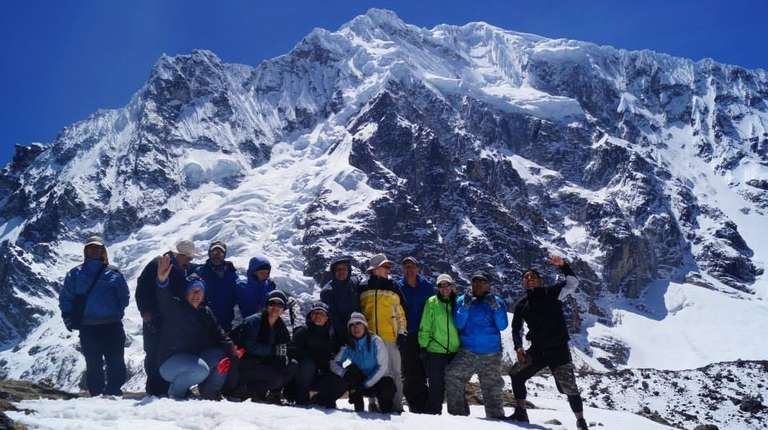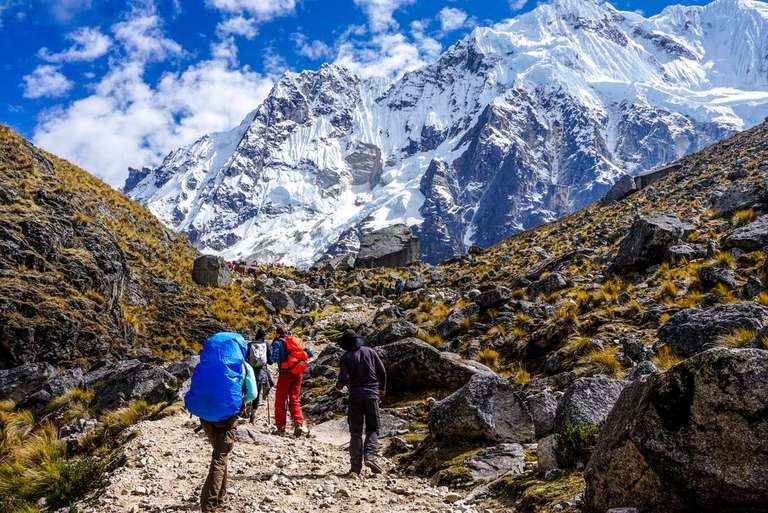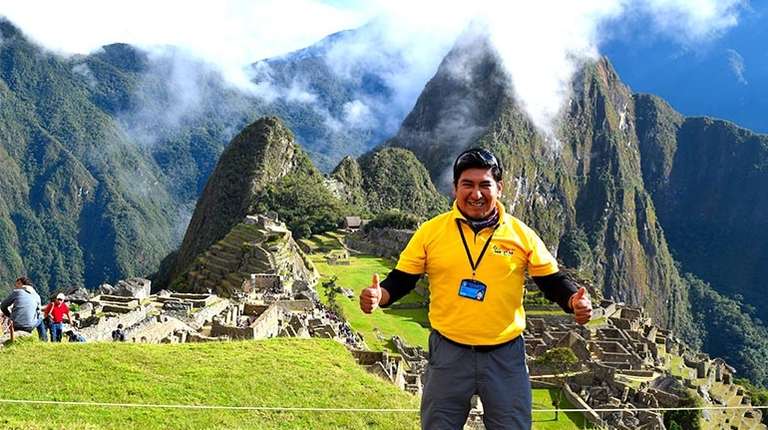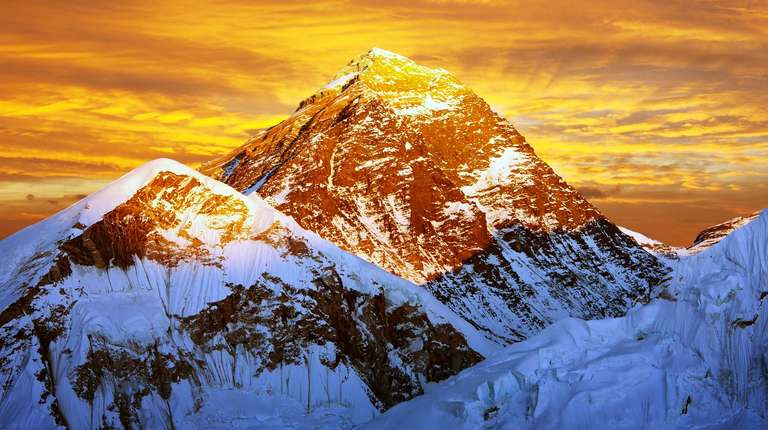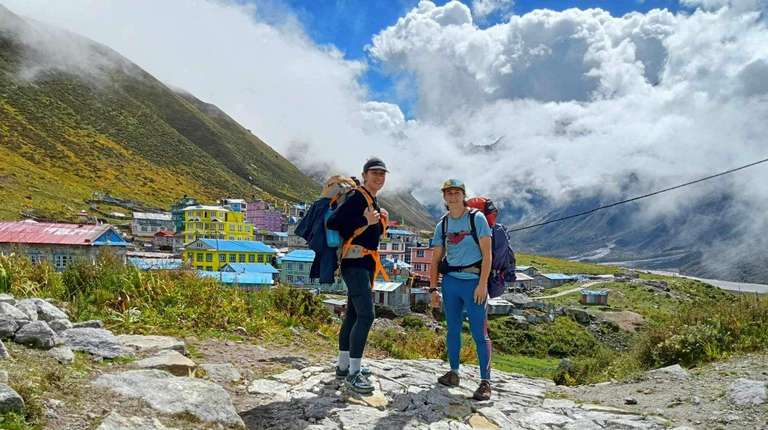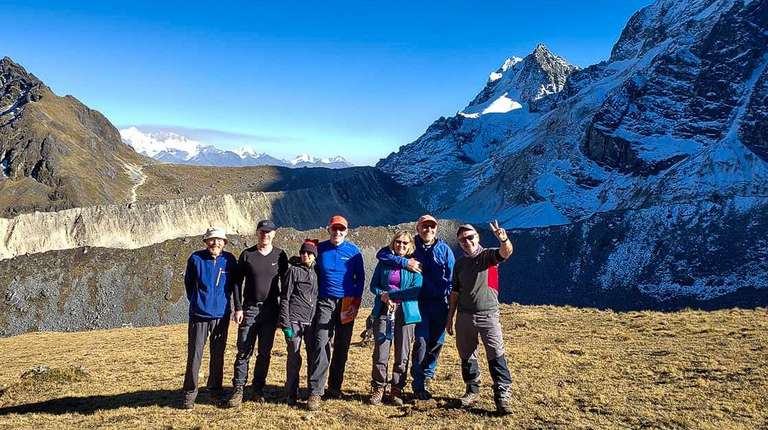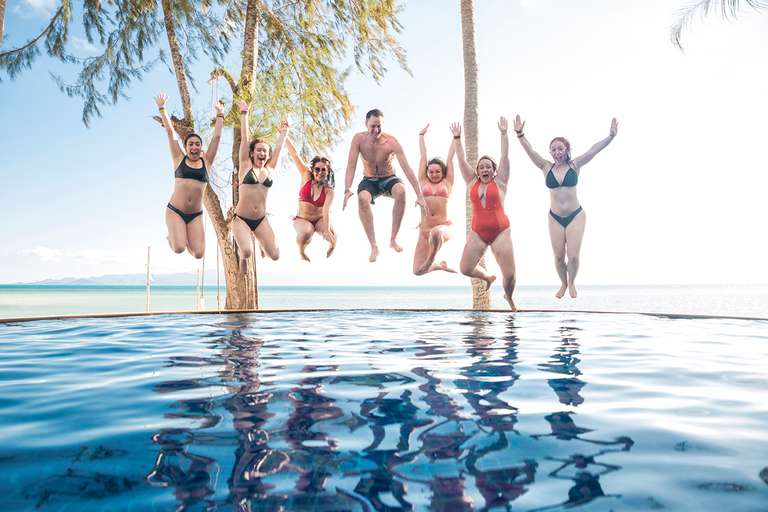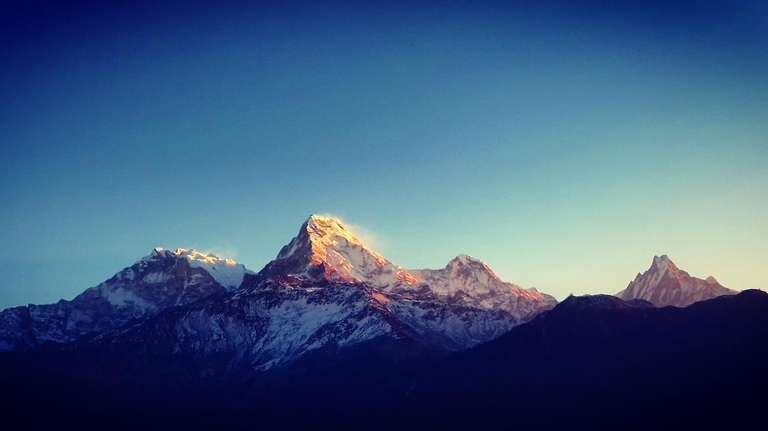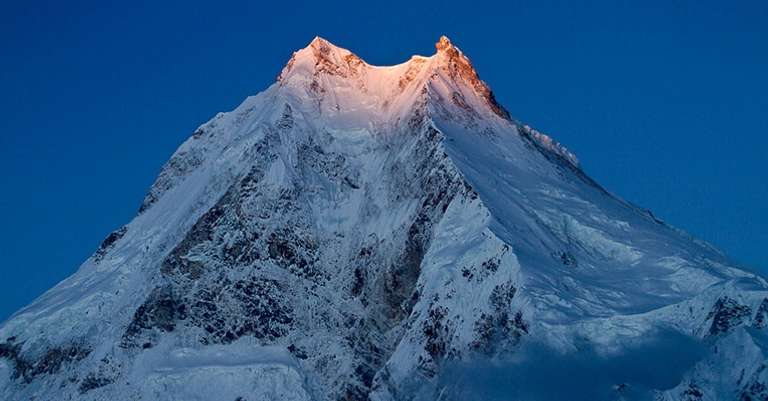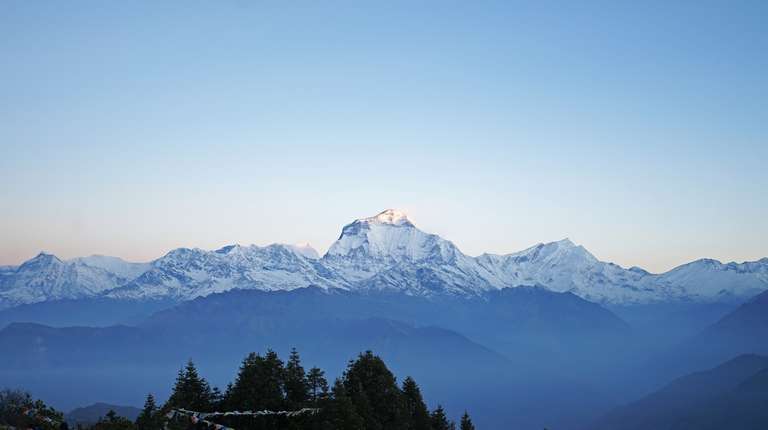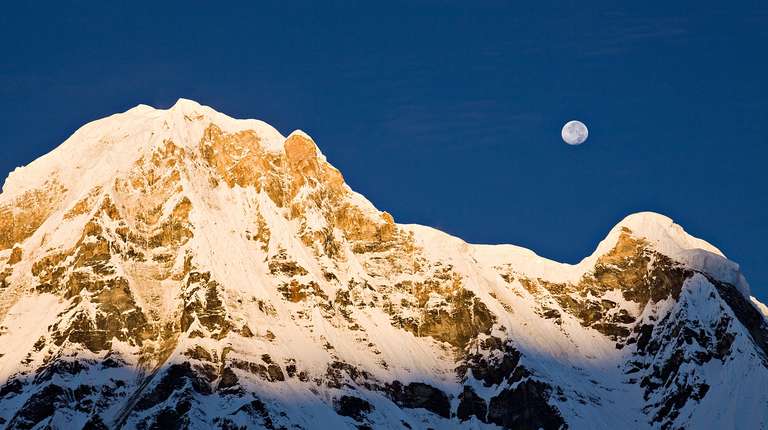9 Best Machu Picchu Treks: The Ultimate Guide

- Angelo V
- From
- Angelo V
- From
- Zalina A
- From
- Yfat Y
- From
1. The Inca Trail

The Inca Trail is the quintessential Machu Picchu trek and the only one that arrives at the ruins of Machu Picchu itself. However, due to its popularity, the Peruvian government has placed restrictions to 500 trekkers per day (including guides and porters). As a result, it is always fully booked many months in advance. Those who manage to secure a place can look forward to four days of tough, high-altitude trekking before finally catching their first glimpse of the mysterious ruins through the Sun Gate on the final day.
Highlights
- The classic and original trek that finishes at Machu Picchu
- Conquer the infamous Dead Woman’s Pass (at 4,200m)
- Spectacular mountain scenery and views
- Visit other ancient ruins along the way
Lowlights
- Crowded and sells out months in advance
- Very popular and strictly regulated. For some, this might not give an authentic trekking experience.
| Trail Facts | |
|---|---|
| Trek difficulty: | Challenging. Remote mountain trails with few settlements and no roads. |
| Trek duration: | 4 days |
| Remoteness: | Remote |
| Maximum altitude: |
4,200 m while crossing the Dead Woman’s Pass |
| Accommodation type: | Camping |
| Best season: | April – October |
| Start / end locations: | Cusco – Kilometre 82 / Machu Picchu – Cusco |
| Permits required: | Yes |
| Physical fitness: | Good level of fitness and proper acclimatization required |
2. Salkantay Trek
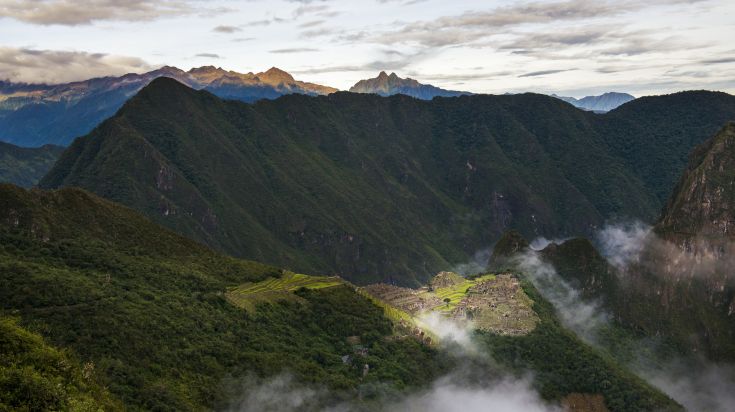
The Salkantay trek is perfect for those looking for a challenging alternative to the Inca Trail to Machu Picchu. The trail is more difficult than the Inca Trail and reaches even higher altitudes, but trekkers will be rewarded by the sublime scenery of the high Andes. A visit to Machu Picchu is commonly included on the final day.
Highlights
- Magnificent mountain scenery including views of Salkantay mountain
- Crossing the Salkantay Pass at 4,600m
- Only trek with views of Machu Picchu from the trail
- Less crowded and more authentic than the Inca Trail
- A visit to Machu Picchu on the final day
Lowlights
- Trail is less looked after than the Inca Trail
- Temperatures will plummet at night at high altitudes
| Trek Facts | |
|---|---|
| Trek difficulty: | Hard. The trail sees few settlements |
| Trek duration: | 5 days |
| Remoteness: | Remote |
| Maximum altitude: | 4,600 m while crossing the Salkantay Pass |
| Accommodation type: | Camping |
| Best season: | April – October |
| Start / end locations: | Cusco – Mollepata – Santa Teresa / Aguas Calientes – Cusco |
| Permits required: | NO |
| Physical fitness: | Good level of fitness and proper acclimatization required |


The Sacred Valley hides many treasures and one of the more seldom visited is the ruins of Choquequirao. Comparable to Machu Picchu but, as yet, far less excavated and studied, the Choquequirao trek offers a more authentic adventure to another ‘lost city of the Incas’. Combining this trek with a visit to Machu Picchu can be challenging but many would be drawn it its appeal.
Highlights
- Far less crowded than the Inca Trail
- The rarely-visited ruins of Choquequirao, also called the ‘other Machu Picchu’
- See Andean wildlife including the iconic condor
- More remote and authentic than Inca Trail
- Beautiful and varied scenery
Lowlights
- Not a loop or point-to-point trek. Trekkers must cover the same path twice.
- Standard itinerary does not include Machu Picchu, although this can be arranged.
| Trek Facts | |
| Trek difficulty: | Challenging |
| Trek duration: | 4 days |
| Remoteness: | Remote |
| Maximum altitude: | 3,050 m at the Choquequirao camp (for the standard 4 days trek) and 4,668 m while crossing the Yanama Pass (for the 9 days trek) |
| Accommodation type: | Camping |
| Best season: | April – October |
| Start / end locations: | Cusco – Cachora / Cachora - Cusco |
| Permits required: | No |
| Physical fitness: |
Good level of fitness and proper acclimatization required |
4. Lares Trek
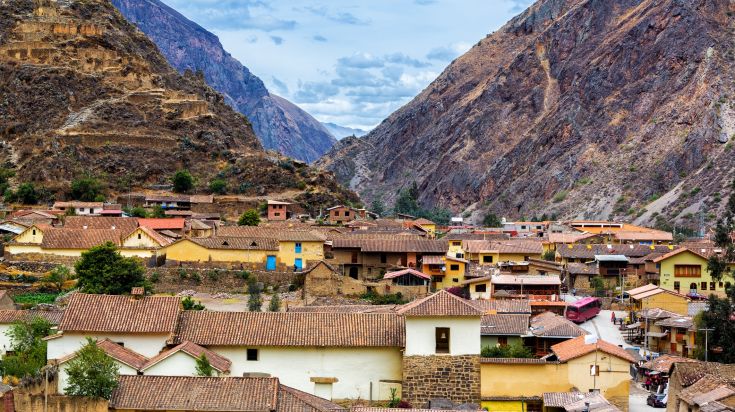
Known as one of the most beautiful treks in the Sacred Valley, yet far from being ‘commercial’, the Lares trek is a slightly easier trek than some other Sacred Valley treks and participants can look forward to mountain vistas of lakes and waterfalls far from the beaten track. Uniquely, this trek passes through several villages and trekkers get a chance to observe traditional Andean lifestyles and customs.
Highlights
- Attractive trekking trail with mountain lakes and waterfalls
- Very few other trekkers, giving you an authentic trekking experience
- Chance to visit traditional local villages
- Slightly easier trail than other Sacred Valley treks like Salkantay trek
- Visiting Machu Picchu on the final day
Lowlights
- The last day of the trek ends at Aguas Calientes. Visit Machu Picchu the next day.
- Altitudes can reach higher than the classic Inca Trail. Proper acclimatization cannot be overlooked.
| Trek Facts | |
|---|---|
| Trek difficulty: | Moderate |
| Trek duration: | 4 days |
| Remoteness: | Remote mountain trails that are rarely frequented by tourists but passes through villages |
| Maximum altitude: | 4,450 m while crossing the Ipsaycocha Pass |
| Accommodation type: | Camping |
| Best season: | April – October |
| Start / end locations: | Cusco – Lares / Ollantaytambo – Aguas Calientes – Cusco |
| Permits required: | No |
| Physical fitness: | Good fitness and proper acclimatisation necessary |

One of the most remote and challenging of all Machu Picchu treks, the Ausangate trek will take participants to extremes of high altitudes, twice crossing passes above 5000 m, as they circle the Ausangate mountain. This is the ideal option for those who want to test their endurance — and the views of this inaccessible corner of the Andes, including Ausangate itself, make the effort more than worth it.
Highlights
- Conquer two high passes; the Palomani Pass (5,200 m) and the Q’ampa Pass (5,000 m)
- Trek against the stunning backdrop of the Ausangate mountain, one of the remote mountains in Peru
- Very few trekkers on the path, giving you a more authentic trekking experience
- Splendid views of the Andean landscape
Lowlights
- High-altitude trek with minimal tourist facilities along the trail. Recommend bringing a professional guide with you.
- Altitude sickness can be a real risk. Acclimatization is key.
- Only suited for experienced trekkers.
| Trek Facts | |
|---|---|
| Trek difficulty: | Hard |
| Trek duration: | 5 – 6 days |
| Remoteness: | Very remote trek. Reaching the trailhead requires a long drive |
| Maximum altitude: | 5,200 m while crossing the Palomani Passs |
| Accommodation type: | Camping |
| Best season: | April – October |
| Start / end locations: | Cusco – Tinki / Tinki – Cusco |
| Permits required: | No |
| Physical fitness: | High. This is a long and ardous trek that will test your endurance. |
6. Ancascocha Trek
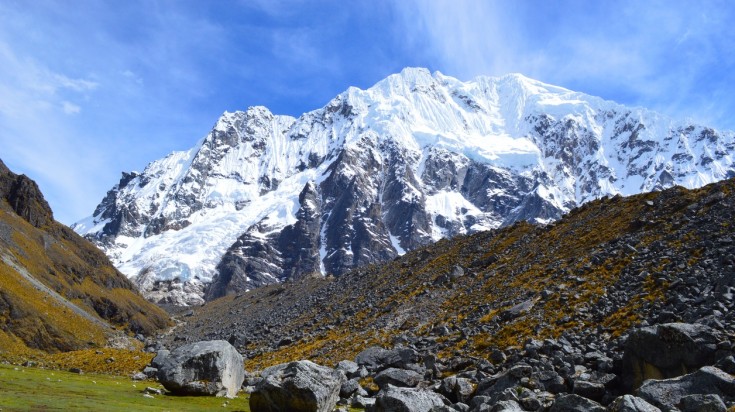
One of the least known Machu Picchu treks is the Ancascocha trek. It will take you far from the beaten track and into the true wilderness of the high Andes over ancient paths reaching almost 5,000 m in altitude. This is a tough trek perfect for those who want to test their endurance.
Highlights
- Far from the beaten track with very few tourists
- Classic mountain scenery of the remote high Andes
- See some of the highest peaks in the area like Salkantay and Humantay mountains
- Great challenge for those who want to test their limits
- Easy to combine with a visit to Machu Picchu
Lowlights
- Tourist facilities are rudimentary but trails are there
- Very high-altitude trek that requires three days of acclimatization in Cusco before starting the trek
- Trail goes through remote areas. Best to bring a professional guide with you.
- Not recommended for first time trekkers
| Trek Facts | |
|---|---|
| Trek difficulty: | Hard, includes crossing four high passes, all nearing 5,000 m |
| Trek duration: | 5 days |
| Remoteness: | Very remote |
| Maximum altitude: | 4,959 m while crossing the Inca Chiriaska Pass |
| Accommodation type: | Camping |
| Best season: | March – November |
| Start / end locations: | Cusco – Soraypampa / Aguas Calientes – Cusco |
| Permits required: | No |
| Physical fitness: | High. This is a high altitude trek which will test your physical stamina |
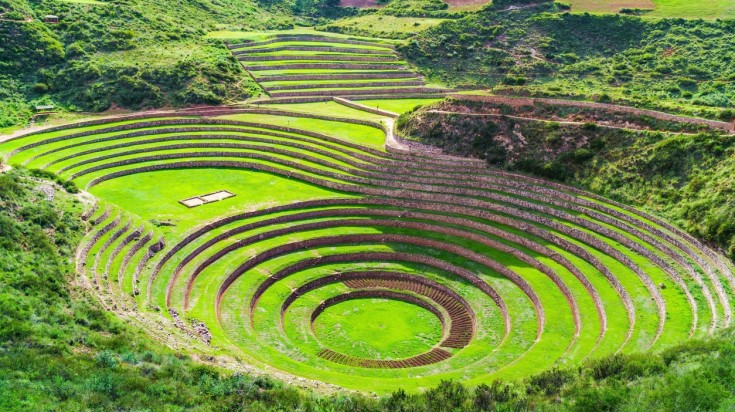
Considered the easiest of all alternative treks to the Inca Trail, the Huchuy Qosqo trek has several different routes. The only commonality is a visit to the ruins of Huchuy Qosqo (‘Little Cusco’). Most versions of this trek require two days, making it ideal for those with a limited amount of time.
Highlights
- Perfect for those short on time or lacking the fitness to do a more demanding trek
- Little-visited ruins of Huchuy Qosqo
- Easy solution for a taste of trekking in the Sacred Valley
- Attractive scenery with few tourists in the trail
- Chance to cross some high-altitude but relatively easy passes
Lowlights
- Although being short, this is a high-altitude trek. Spending a few days in Cusco before the start of the trek is highly recommended.
- Temperatures can plummet during night-time at high altitudes
| Trek Facts | |
|---|---|
| Trek difficulty: | Easy – moderate |
| Trek duration: | 2 days |
| Remoteness: | Not far from Cusco but trail receives few trekkers |
| Maximum altitude: | 4,200 m |
| Accommodation type: | Camping and guesthouse |
| Best season: | May – October |
| Start / end locations: | Cusco – Tambomachay / Aguas Calientes - Cusco |
| Permits required: | No |
| Physical fitness: | Reasonable fitness required |

One of the least known of all Sacred Valley treks is the Quarry trail. The trail receives very few visitors and in fact, not many have even heard of it. This is a trek that will appeal to those who enjoy doing things that are decidedly different. The trail crosses two passes that are higher than the Inca Trail’s infamous Dead Woman’s Pass (4,200m) and takes in several sets of Inca ruins including the ancient quarry that gives the trek its name.
Highlights
- Little-known trail with very few trekkers
- Visit seldom-seen ruins of the unfinished Inca quarry
- Splendid views of the Veronica mountain
- Highly picturesque terrain
- Authentic trekking experience
Lowlights
- Very little tourist infrastructure, but trails are there. Some might argue this makes for an authentic trekking experience.
| Trek Facts | |
|---|---|
| Trek difficulty: | Moderate – with two high passes |
| Trek duration: | 3 days |
| Remoteness: | Remote |
| Maximum altitude: | 4,450 m while crossing the Kuychicassa Pass |
| Accommodation type: | Camping |
| Best season: | April – October |
| Start / end locations: | Rafca – Ollantaytambo / Aguas Calientes |
| Permits required: | No |
| Physical fitness: | Moderate. Proper acclimatization is necessary. |

The Vilcabamba trek is a remote, high-altitude trek that passes through classic Andean scenery where few tourists ever go. This is a route for those who enjoy a challenge and who are capable of doing without any kind of small luxuries. The trail does not have campsites and tourist facilities are none. However, the rewards are many, including mysterious, seldom visited ancient ruins and stupendous mountain vistas.
Highlights
- Visiting important Incan ruins Vitcos-Rosapata and Ñustahispana (the ‘White ‘Rock’)
- Few tourists, very authentic experience of Andean trekking
- Beautiful vantage points due to a succession of high passes
- Suitable for the most adventurous of travellers
Lowlights
- No tourist facilities but authentic trekking experience is guaranteed
- Trek is best attempted during the dry season
- High altitude trek that visits extremely remote areas. Best to bring a professional guide with you.
| Trek Facts | |
|---|---|
| Trek difficulty: | Hard |
| Trek duration: | 5 days |
| Remoteness: | Extremely remote |
| Maximum altitude: | 4,500 m while crossing the Tulla Tacanca Pass |
| Accommodation type: | Camping |
| Best Season: | May – September |
| Start / end locations: | Cusco – Huancacalle / Aguas Calientes – Ollantaytambo – Cusco |
| Permits required: | No |
| Physical fitness: | High and proper acclimatization required |
The Inca Trail has always been the classic Peruvian trek and is justifiably one of the best-known and most popular trails on the whole continent. However, for others hoping for something more original and less crowded, there are several Machu Picchu treks, each of which can be combined with a visit to the astounding ruins of Machu Picchu on the final day.


